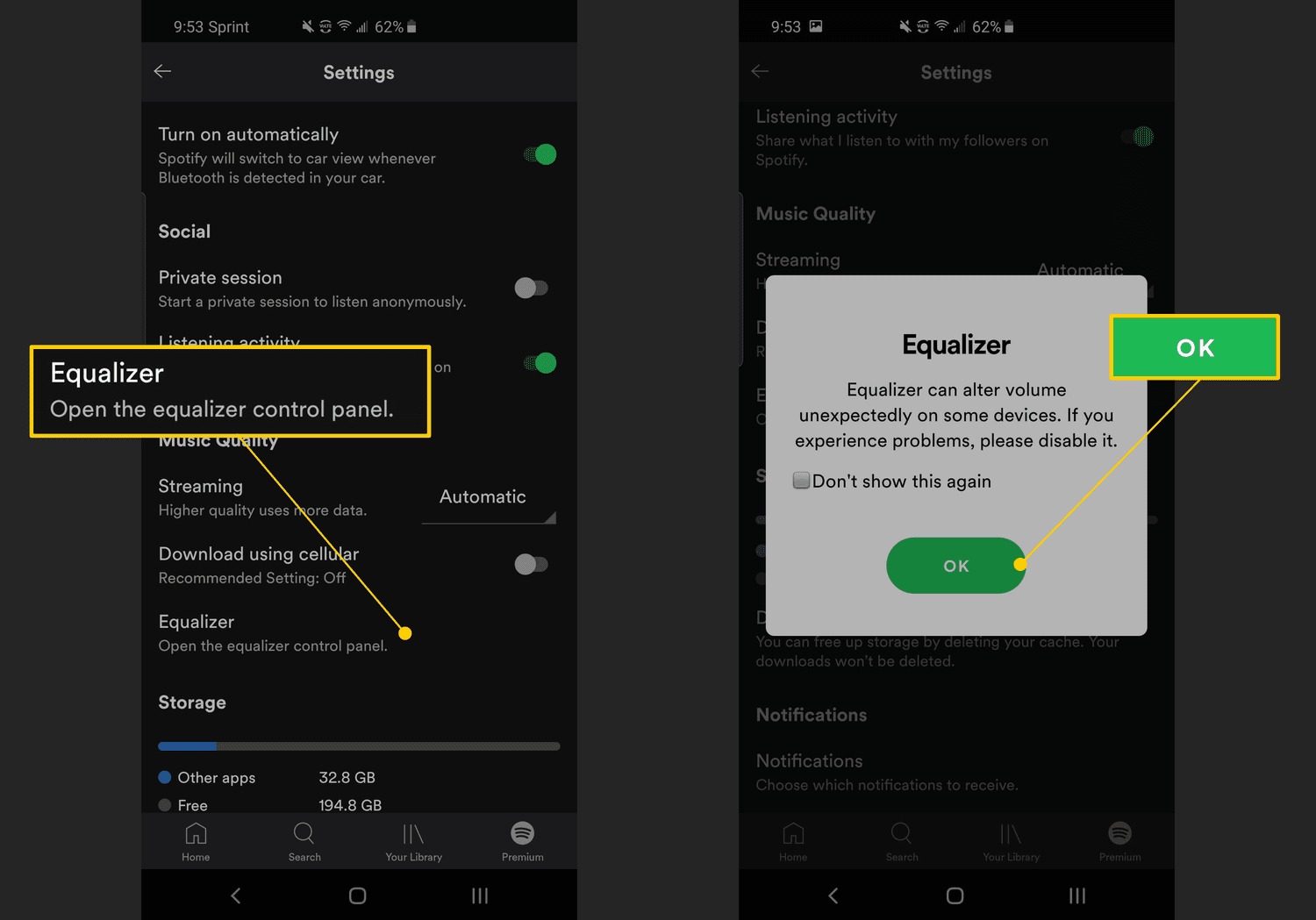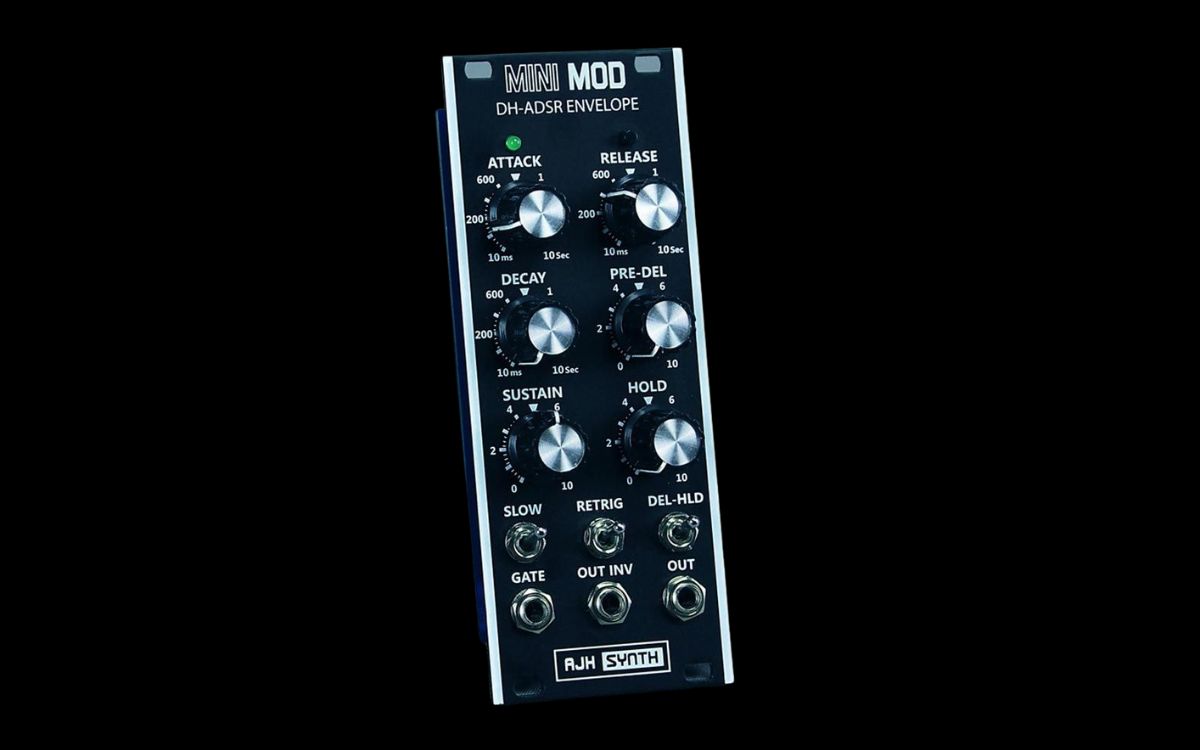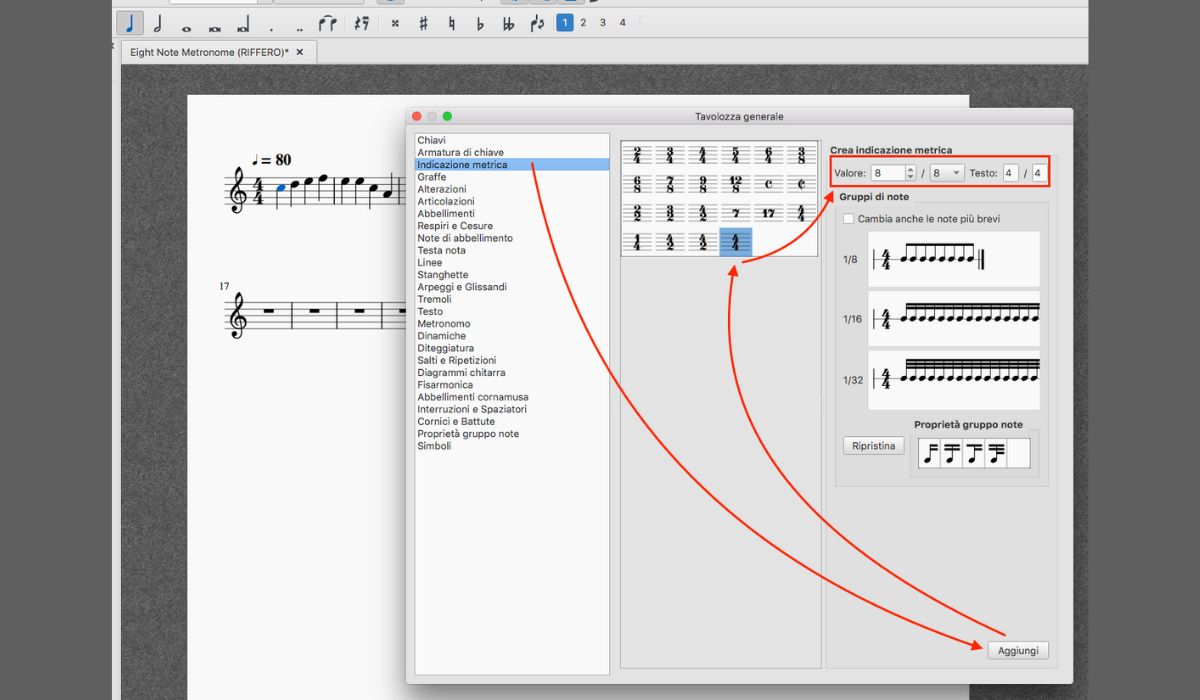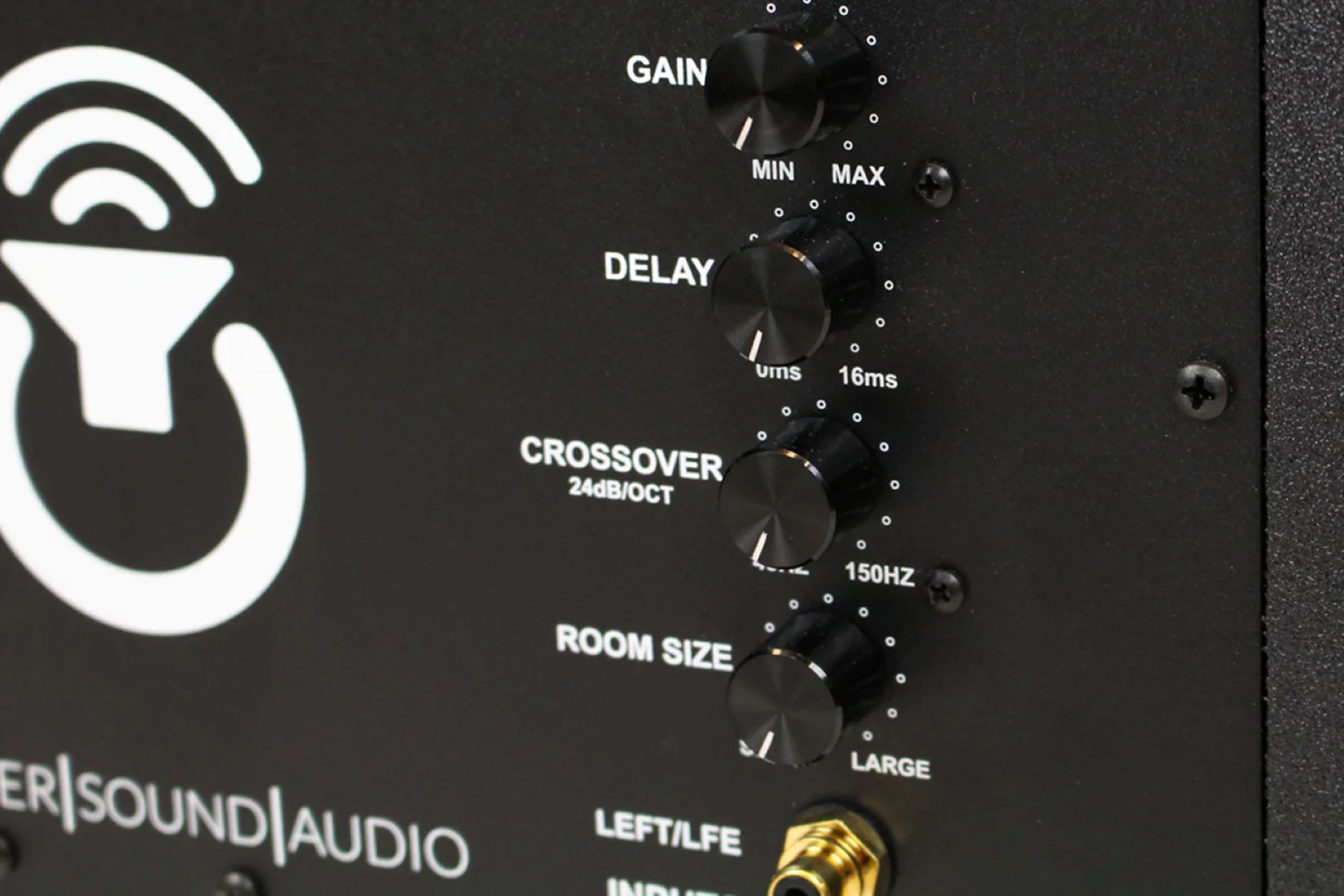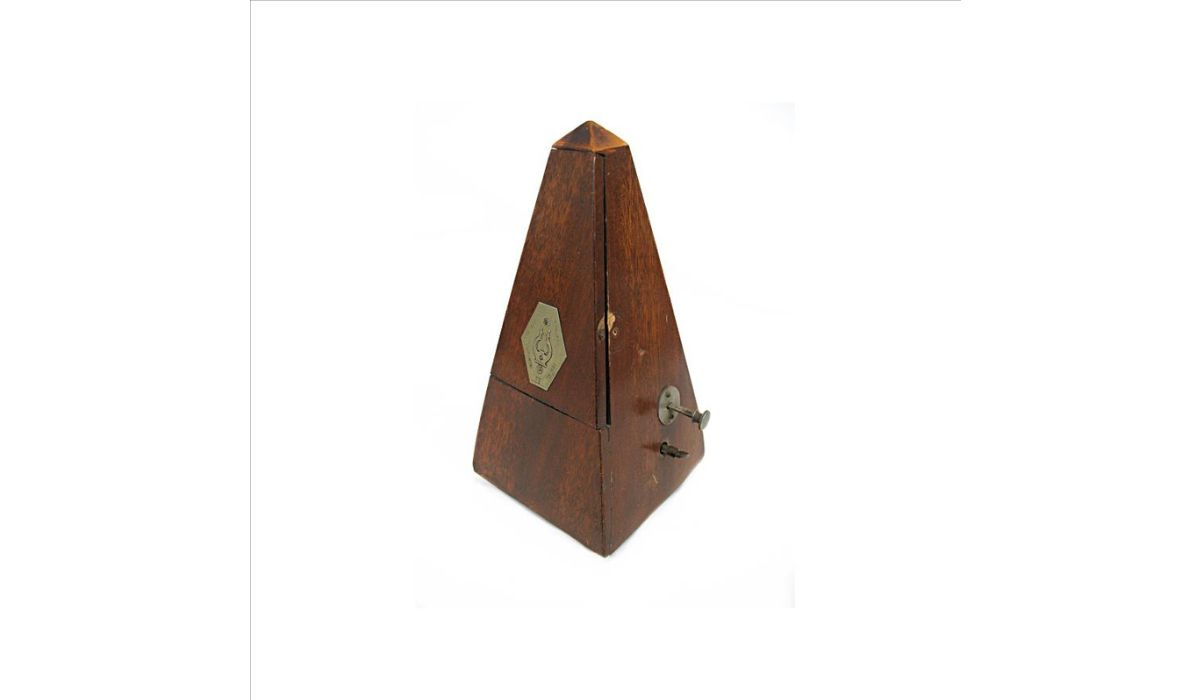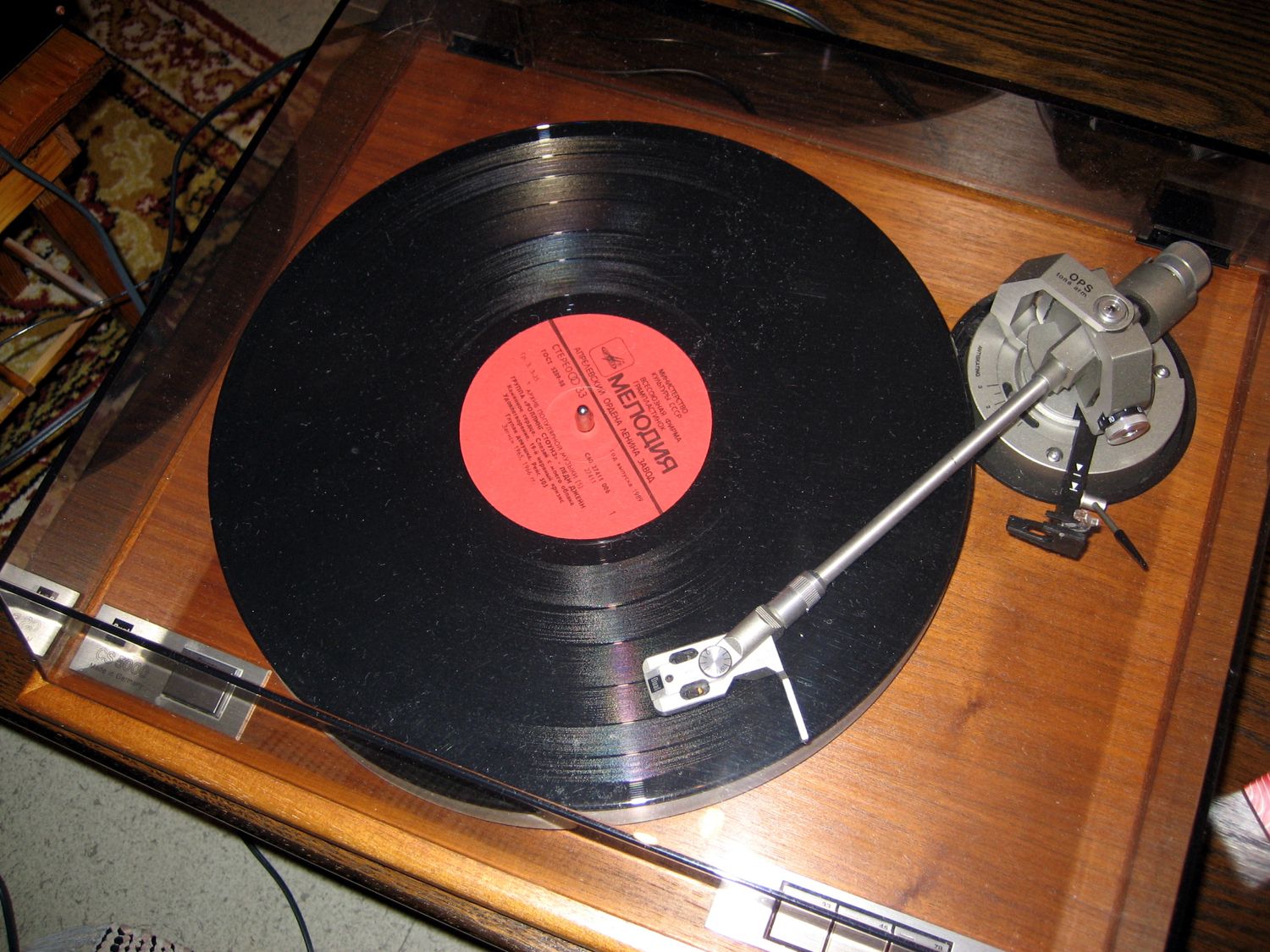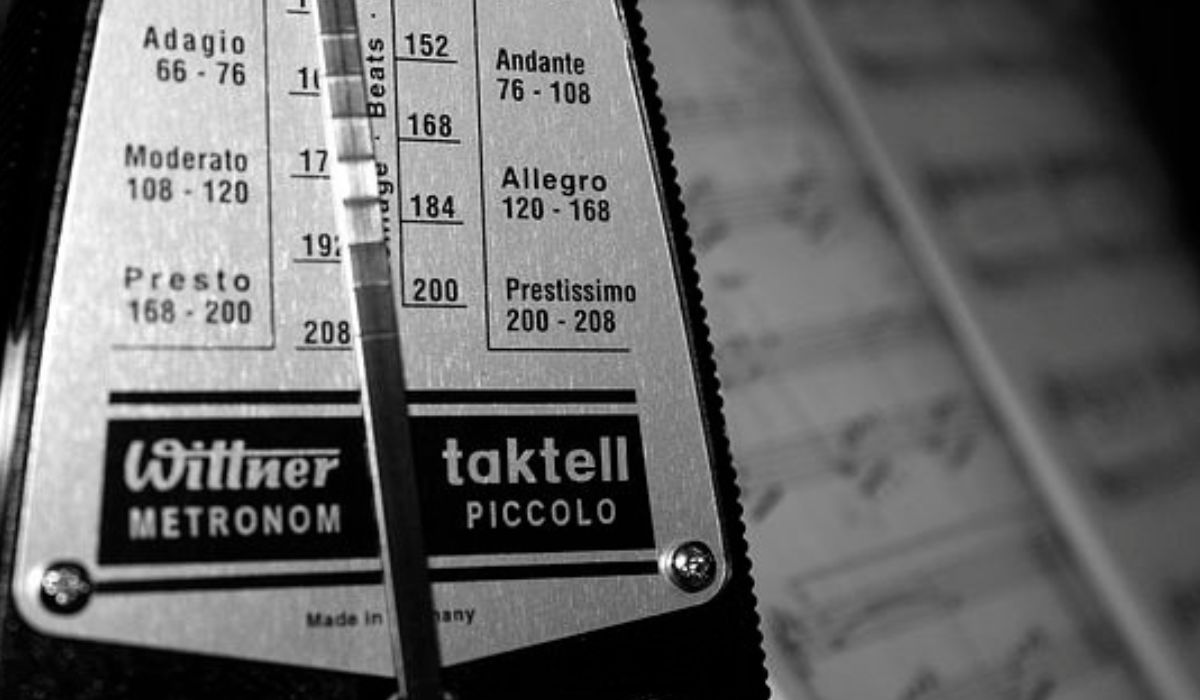Home>Devices & Equipment>Turntable>How To Adjust Turntable Speed
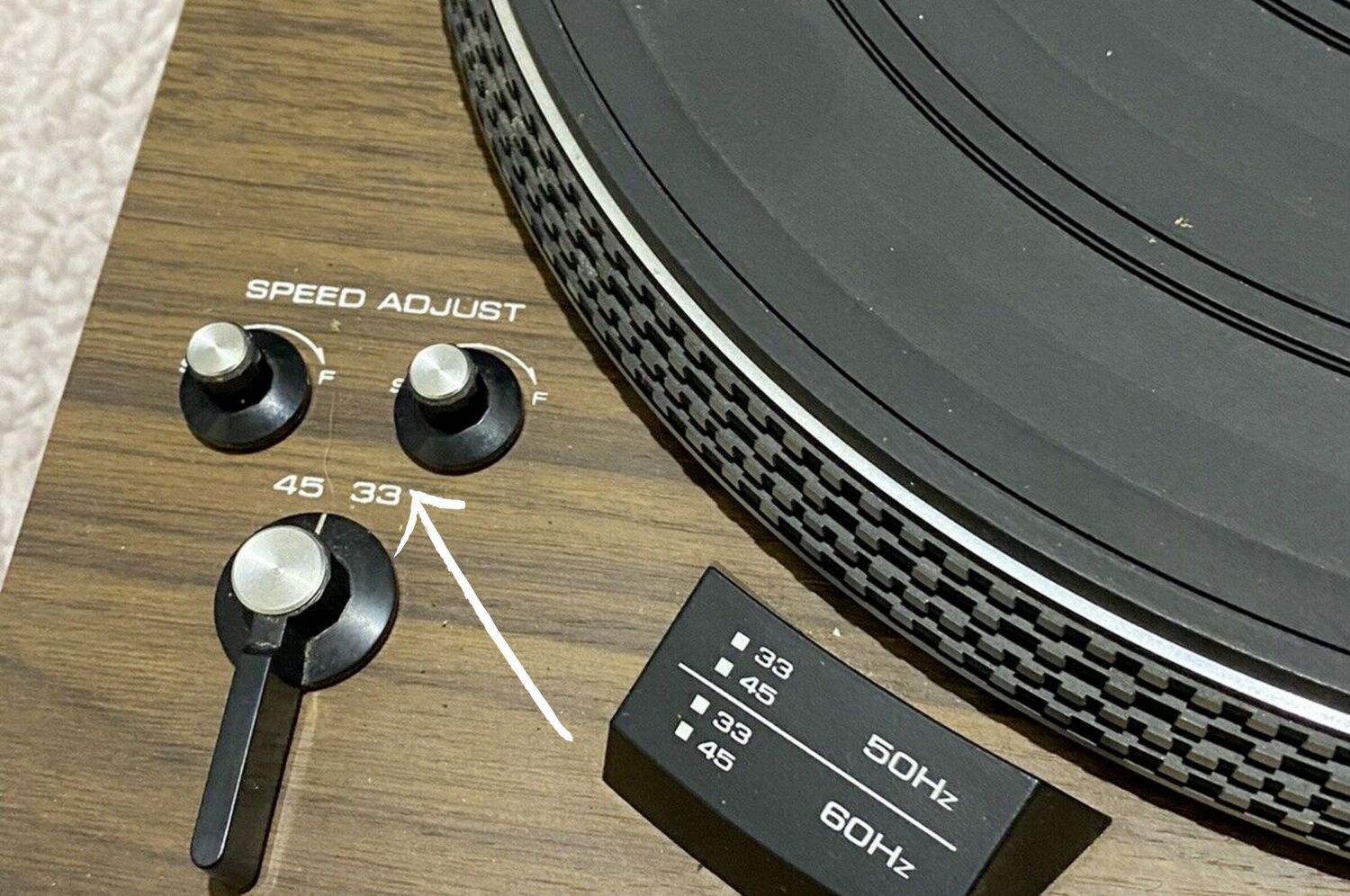

Turntable
How To Adjust Turntable Speed
Published: January 18, 2024
Learn how to easily adjust the speed of your turntable with our step-by-step guide. Enhance your listening experience with precise and accurate playback.
(Many of the links in this article redirect to a specific reviewed product. Your purchase of these products through affiliate links helps to generate commission for AudioLover.com, at no extra cost. Learn more)
Table of Contents
Introduction
Welcome to the world of turntables, where the smooth rotation of vinyl records transports us to a bygone era of rich, warm sound. Whether you’re a seasoned audiophile or just starting to explore the realm of vinyl, one thing is for certain – getting the perfect sound from your turntable starts with having the correct speed.
In this article, we will delve into the fascinating topic of turntable speed and guide you on how to adjust it to optimize your listening experience. With a few simple steps, you can ensure that your turntable is spinning at the correct speed, allowing your records to play back with the utmost clarity and fidelity.
Before we delve into the process of adjusting the turntable speed, let’s take a moment to understand the importance of having the correct speed and how it affects the overall sound quality.
Turntable speed is typically measured in revolutions per minute (RPM) and can vary between different turntable models. The two most common speeds are 33 1/3 RPM (often referred to as “33s”) for LPs, and 45 RPM for singles and certain EPs. The accuracy of the speed directly impacts the pitch and tempo of the music being played, so it’s crucial to ensure that your turntable is calibrated correctly to avoid distortion or pitch variations.
If the turntable is running too fast, the music will sound higher in pitch and faster than intended. On the other hand, if the turntable is running too slow, the music will sound lower in pitch and slower. These inconsistencies can significantly detract from the listening experience and compromise the quality of the music.
Now that we understand the significance of maintaining the correct turntable speed, let’s explore the methods to check and adjust the speed to ensure optimal playback.
Understanding Turntable Speed
Before we dive into how to adjust turntable speed, it’s essential to have a basic understanding of how turntables work and the factors that can affect their speed.
Turntable speed is determined by the rotation of the platter on which the vinyl record sits. Most turntables have two standard speeds: 33 1/3 RPM and 45 RPM. The 33 1/3 speed is commonly used for playing LPs, while the 45 speed is for singles and certain EPs. Some turntables also have an additional speed of 78 RPM for playing older, shellac-based records.
To maintain consistent and accurate speed, turntables rely on motor control systems and various mechanical components. These include a motor, a drive system (such as a belt, direct drive, or idler wheel), and a speed control mechanism (such as a pitch control knob or a speed switch).
It’s important to note that turntable speed can be affected by several factors, including belt tension, motor wear and tear, and environmental conditions. Over time, the belt on a belt-driven turntable may stretch or lose its grip, causing speed inconsistencies.
Additionally, the motor’s lubrication and overall condition play a crucial role in maintaining optimal speed. Mechanical wear and tear can lead to imprecise speed control and affect the accuracy of the rotation.
While some modern turntables have built-in speed accuracy features, it’s still recommended to periodically check and adjust the speed manually to ensure the best audio quality. So, let’s move on to the next section, where we will learn how to check and adjust the turntable speed.
Checking and Adjusting Turntable Speed
Checking and adjusting the speed of your turntable is a crucial step in achieving optimal sound quality. Fortunately, there are a few methods you can use to ensure your turntable is spinning at the correct speed. Let’s explore two common methods: manual speed adjustment and using a strobe disc.
Method 1: Manual Speed Adjustment
The first method involves manually adjusting the speed using the controls on your turntable. While the specific process may vary depending on your turntable model, the basic steps generally include:
- Locate the speed control mechanism on your turntable. This can be a pitch control knob or a speed switch.
- Adjust the control to the correct speed (33 1/3 RPM or 45 RPM) based on the type of record you are playing.
- Play a record and listen for any speed inconsistencies. If the music sounds too fast or too slow, make small adjustments to the speed control until the playback is accurate.
- Repeat the process with different records to ensure consistent speed across your entire vinyl collection.
Remember to handle the controls with care, making gradual adjustments until the desired speed is achieved. It’s also a good idea to reference a reliable source or the turntable’s user manual for specific instructions tailored to your model.
Method 2: Using a Strobe Disc
Another effective method of checking and adjusting turntable speed is by using a strobe disc. A strobe disc is a specially designed disc with intricate patterns that appear to stand still when the turntable is running at the correct speed.
- Obtain a strobe disc suitable for your turntable’s speed (either 33 1/3 or 45 RPM).
- Place the strobe disc on the turntable platter and start the turntable.
- Adjust the turntable speed control until the patterns on the strobe disc appear to be stationary. This indicates that the turntable is running at the correct speed.
Using a strobe disc provides a visual reference point for precise speed adjustment, allowing you to fine-tune the turntable with accuracy. Strobe discs can often be found online or purchased from audio equipment stores.
By employing these methods, you can confidently ensure that your turntable is functioning at the correct speed, providing you with an optimal listening experience. However, if you encounter any issues or inconsistencies with the speed, troubleshooting might be necessary, which we will cover in the next section.
Method 1: Manual Speed Adjustment
One way to adjust the speed of your turntable is through manual adjustment. This method allows you to directly control the speed using the controls on your turntable. While the specific steps may vary depending on your turntable model, the general process is as follows:
- Locate the speed control mechanism on your turntable. This can be a pitch control knob or a speed switch.
- Refer to your turntable’s user manual or a reliable source to determine the correct speed for the type of record you are playing. Most turntables have two standard speeds – 33 1/3 RPM for LPs and 45 RPM for singles.
- Turn on the turntable and start playing a record.
- Listen carefully to the music and pay attention to any noticeable speed inconsistencies.
- If the music sounds too fast or too slow, make small adjustments to the speed control mechanism. Turn it slightly to the left or right to increase or decrease the speed, respectively.
- Continuously monitor the music playback as you make adjustments until the speed sounds accurate.
- Once you have achieved the desired speed, make a note of the position of the speed control mechanism or mark it for future reference.
- Test the speed with different records to ensure consistent playback across your vinyl collection.
It is important to make gradual adjustments to avoid abrupt changes in speed. Small tweaks can make a significant difference, so be patient and take your time to fine-tune the speed to perfection.
Additionally, refer to your turntable’s user manual for specific instructions tailored to your model. The manual will provide valuable insights into the speed adjustment process unique to your turntable, ensuring accurate results.
By utilizing the manual speed adjustment method, you can maintain the proper speed required for different types of records, ultimately enhancing your listening experience and preserving the integrity of the music.
Method 2: Using a Strobe Disc
Another effective method for checking and adjusting turntable speed is by utilizing a strobe disc. A strobe disc is a specially designed disc with intricate patterns that appear to stand still when the turntable is running at the correct speed. This visual reference point allows for precise speed adjustment. Here’s how you can use a strobe disc:
- Obtain a strobe disc that is suitable for your turntable’s speed. Strobe discs are typically available for both 33 1/3 RPM and 45 RPM.
- Place the strobe disc onto the turntable platter.
- Start the turntable and let it rotate at the desired speed.
- Direct a light source at the strobe disc. This could be a standard room light or a dedicated strobe light.
- When the turntable is rotating at the correct speed, the patterns on the strobe disc will appear stationary or in slow motion, depending on the design of the disc.
- If the patterns appear to be moving quickly or slowly, adjust the turntable’s speed control mechanism accordingly.
- Make small adjustments until the patterns on the strobe disc appear stationary or in slow motion, indicating that the turntable is running at the correct speed.
- Remember to periodically check the speed using the strobe disc, as factors such as belt tension, motor wear, and environmental changes can affect the turntable’s speed over time.
Using a strobe disc provides a visual and accurate method for speed adjustment. It eliminates the need for guesswork and allows you to fine-tune your turntable with precision to ensure proper playback speed.
Strobe discs can often be found online or purchased from audio equipment stores. They are a valuable tool for turntable enthusiasts and audiophiles who strive for optimal sound quality and accurate speed performance.
By utilizing a strobe disc and following the simple steps outlined above, you can easily and effectively check and adjust the speed of your turntable, ensuring that your vinyl records are played back at the desired speed with precision and accuracy.
Troubleshooting Common Issues with Turntable Speed
While adjusting the speed of your turntable is essential for optimal performance, you may encounter some common issues along the way. Here are a few troubleshooting tips to help you resolve speed-related problems:
1. Inconsistent Speed
If you notice that the speed of your turntable is inconsistent, meaning it fluctuates or varies during playback, there are a few potential causes to consider:
- Check the belt (if applicable) or the drive system: Over time, the belt on a belt-driven turntable can stretch or lose grip, leading to speed inconsistencies. If you have a direct-drive turntable, make sure the motor is operating smoothly.
- Inspect the speed control mechanism: Ensure that the pitch control knob or speed switch is functioning correctly and not loose or damaged.
- Verify the power source: Ensure that the turntable is connected to a stable power source to maintain consistent speed.
If none of the above steps resolve the issue, it may be worth consulting a professional for further assistance or considering a turntable servicing or repair.
2. Drifting Speed
If you experience a drifting speed, where the turntable gradually speeds up or slows down over time, the following steps can help address the problem:
- Check the motor: Ensure that the motor is properly lubricated and not worn out. If needed, consult the turntable’s user manual or seek professional assistance for motor maintenance or replacement.
- Inspect the speed control mechanism: Clean the pitch control knob or speed switch to remove any debris or dust that may affect its performance. If the mechanism is damaged, it may need to be repaired or replaced.
- Keep your turntable in a stable environment: Temperature and humidity fluctuations can affect the speed of your turntable. Try to keep it in a controlled environment to minimize drifting speed issues.
If the problem persists, consulting a professional technician or turntable specialist may be necessary to diagnose and resolve the issue.
3. Incorrect Speed Calibration
If you find that your turntable consistently plays records at an incorrect speed, follow these steps to recalibrate:
- Use a reliable speed reference: Utilize a strobe disc or digital speed app on a smartphone or tablet to establish an accurate speed reference point for your turntable.
- Adjust the pitch control or speed switch: Make precise adjustments to the pitch control knob or speed switch to match the reference speed. Refer to your turntable’s user manual for specific instructions on how to calibrate the speed.
- Test the speed with different records: Play a variety of records to ensure that the speed calibration is consistent across your vinyl collection.
By following these troubleshooting steps, you can effectively address common speed-related issues with your turntable. Remember to exercise caution during adjustments and seek professional help if necessary. With the right approach and attention to detail, you can enjoy a well-calibrated turntable that delivers exceptional sound quality for your vinyl listening pleasure.
Conclusion
Adjusting the speed of your turntable is a crucial step in ensuring optimal audio quality and a satisfying vinyl listening experience. By following the methods outlined in this article, you can easily check and adjust the speed of your turntable to maintain accuracy and consistency.
Whether you choose the manual speed adjustment method or opt for using a strobe disc, both approaches provide effective means of achieving the correct speed. Manual adjustment allows you to directly control the speed using the controls on your turntable, while a strobe disc provides a visual reference point for precise calibration.
However, in some cases, you may encounter speed-related issues that require troubleshooting. Inconsistent speed, drifting speed, or incorrect speed calibration can all be resolved through careful inspection of the belt, motor, speed control mechanism, and environmental factors. Seeking professional assistance may be necessary for certain situations.
Remember, maintaining the proper speed of your turntable is essential for accurate playback of your vinyl records, preserving the integrity of the music and enhancing your listening experience. Regularly checking and adjusting the speed will help you achieve the best audio quality and get the most out of your turntable and vinyl collection.
Enjoy the journey of vinyl playback, and may your turntable lead you to countless hours of immersive and captivating music.

